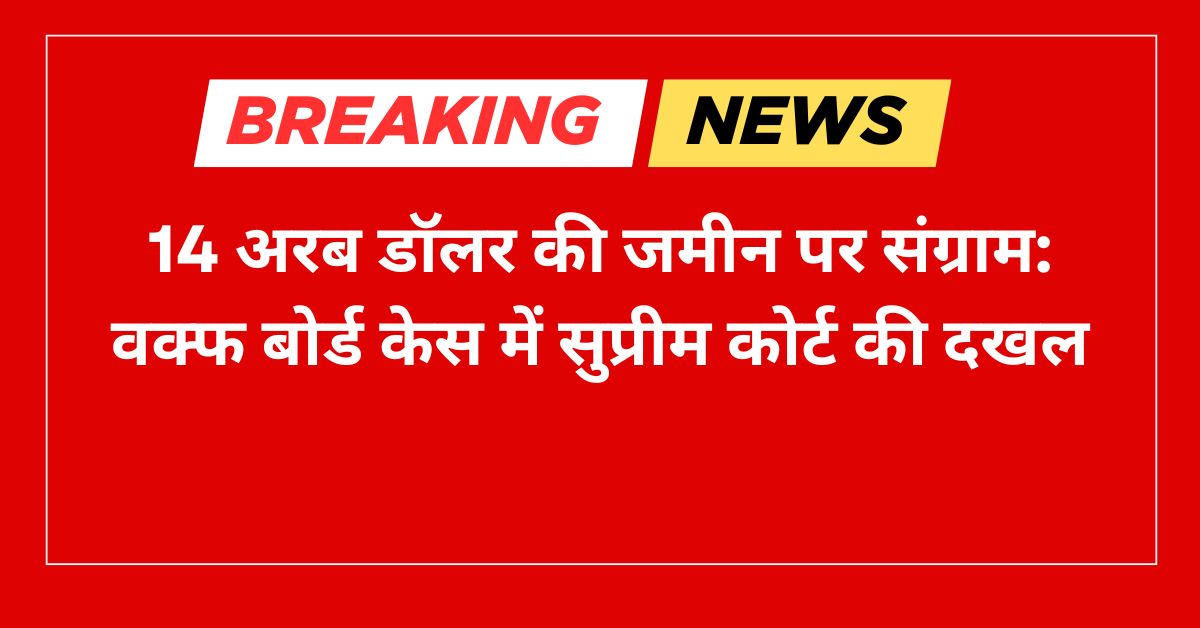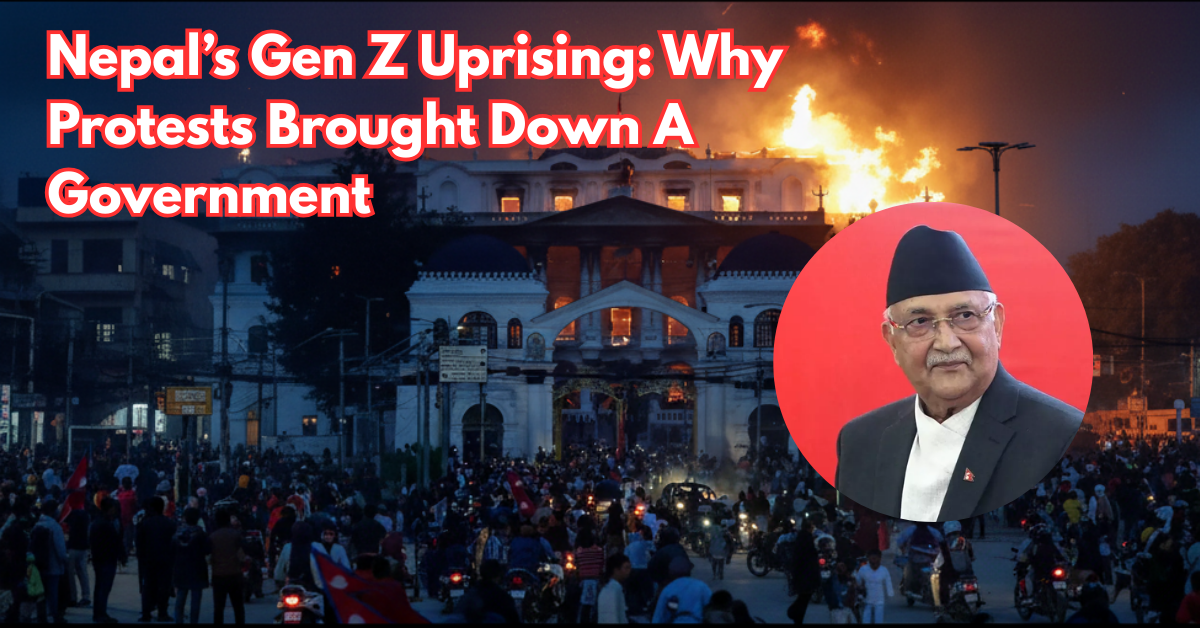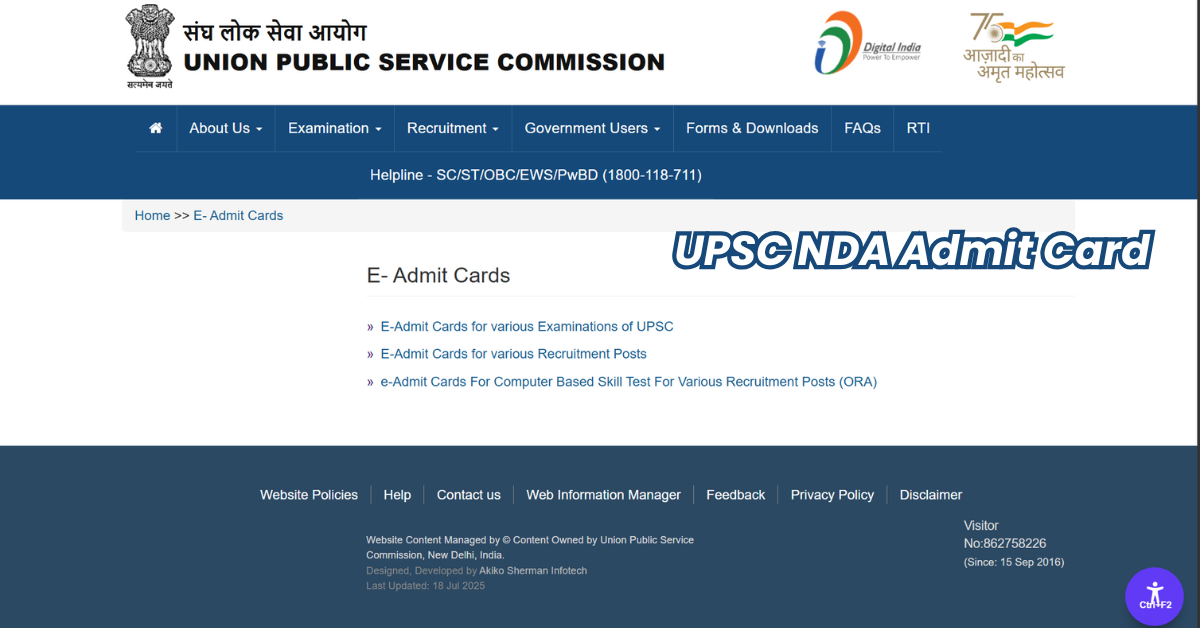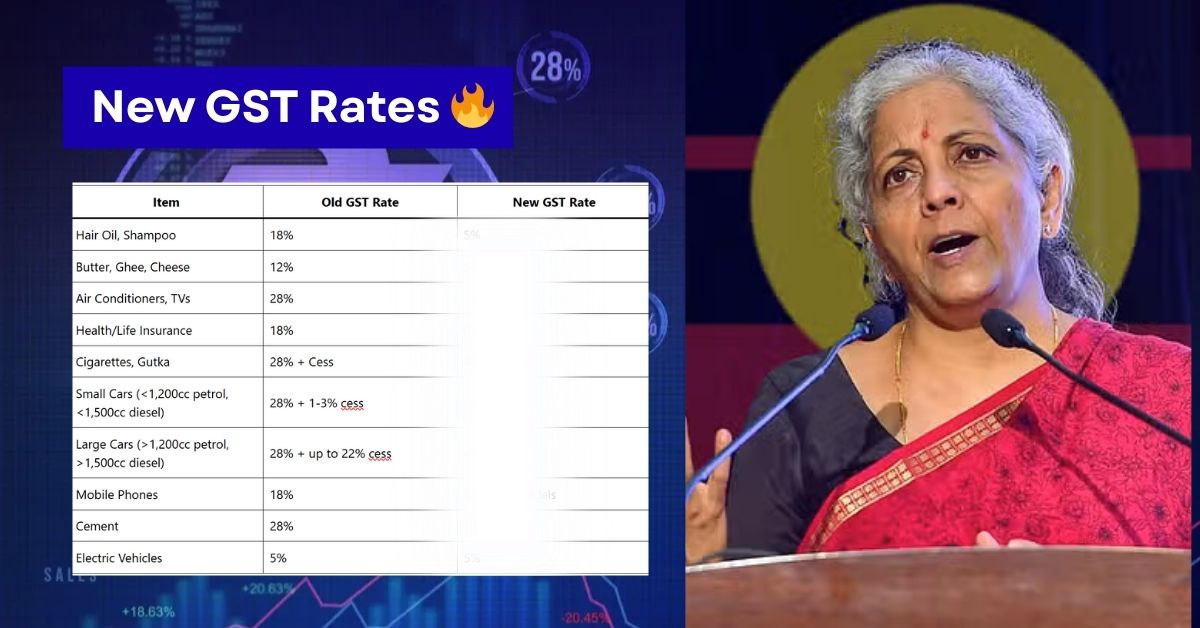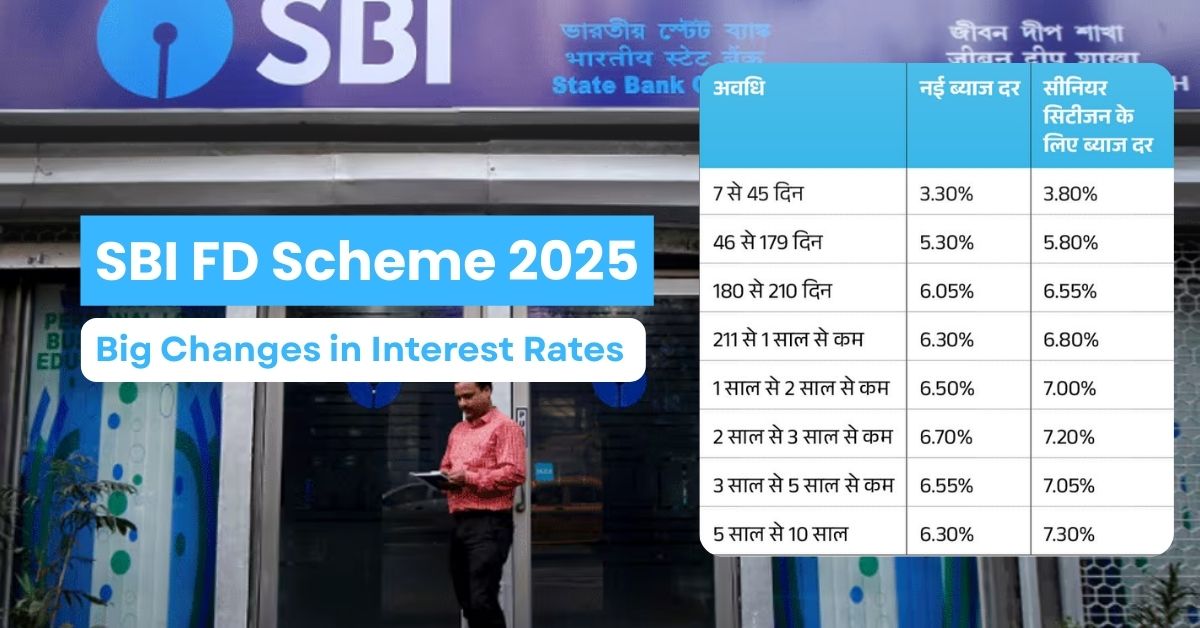Think about this. A huge portion of land worth billions linked to mosques, schools, and charities suddenly becomes the center of a national fight. That is the story of the Waqf Board in 2025. There are more than 872,000 properties, spread across close to 940,000 acres, with an estimated value of $14 billion.
These Islamic endowments have supported welfare activities but also triggered endless disputes. The Waqf (Amendment) Act was cleared in April with the aim of bringing reforms, yet it immediately sparked protests and court cases.
On September 15, 2025, the Supreme Court stepped in and stopped some of the provisions from taking effect. What does this mean for the common person and for India’s bigger picture? Let’s break it down.
What Led To The Waqf Act Storm?
The Waqf Board has been managing donated properties for social and religious use under the 1995 Act. Over the years, it faced accusations of corruption, misuse, and encroachments. Official numbers mention 58,898 sites under illegal occupation. The 2025 changes were introduced to address these problems. After sharp debates in Parliament (288-232 in Lok Sabha and 128-95 in Rajya Sabha), the bill became law on April 5 and started on April 8.
The stated aim was better audits, strict oversight, and more transparency. But opponents argued that it was a direct attack on Muslim rights. This led to more than 65 petitions in the Supreme Court from groups like the All India Muslim Personal Law Board (AIMPLB) and leaders including Asaduddin Owaisi.
Key Provisions Of The Waqf (Amendment) Act 2025
The law brought in some strong measures. Below is a table showing the main changes:
| Provision | What It Does | Impact/Stats |
|---|---|---|
| UMEED Portal & Digital Inventory | All waqf properties must be registered online within 6 months with audits and geo-tagging. | Covers 872,351 properties. Rules notified September 12. No stay by SC. Seen as a big push for transparency. |
| Waqf by User Elimination | Stops claims based on long-term use without papers. Existing cases protected but open to challenge. | Aimed at ending land disputes. Over 10,000 such cases exist. SC allowed this to continue. |
| Board Composition | At least 2 women added. Mix of Shia, Sunni, etc. Up to 3 non-Muslims in state boards, 4 in Central Council. | Board fees reduced to 5%. Strict audits for high earners. SC capped non-Muslims at 3/4 and advised Muslim CEOs. |
| Government Oversight | District collectors to check claims. No waqf in tribal areas without approval. Lease limit extended to 30 years. | Targets scams like in Karnataka. No sales or gifting of waqf land. SC stayed collector powers citing arbitrariness. |
| 5-Year Islam Practice Rule | Only those practicing Islam for 5+ years can create waqf. | Introduced to stop misuse. SC stayed it for now until states make proper rules. |
These changes also aimed at protecting women’s inheritance rights and supporting weaker sects, while reclaiming land encroached upon. Waqf remains India’s third-largest landholder after Railways and the Armed Forces.
Supreme Court’s Step Today
A bench headed by CJI BR Gavai with Justice AG Masih refused to stop the entire Act. They noted that laws are presumed constitutional and stays are rare.
Still, they blocked three parts for now:
- The 5-year rule until states issue fair guidelines.
- Collector powers in disputes, saying it crosses separation of powers. Lands under conflict stay protected, no third-party transfers allowed.
- Non-Muslim membership capped, with preference for Muslim CEOs whenever possible.
Other reforms, like registration and removal of waqf-by-user claims, remain in force. The court had reserved orders in May but released this interim decision today.
The AIMPLB called it a win for constitutional principles. The government, however, sees it as support for its reform push.
Public Reactions
The country is split and very loud about it. On X, between September 1 and now, searches show 60% users supporting reforms, praising the anti-corruption drive, and 40% opposing, warning of minority rights being weakened.
Earlier in March, protests were held at Jantar Mantar. During Ramzan, hashtags like #BoycottWaqfBill trended. Today, reactions were quick. Some called it a blow to the Modi government and claimed it was anti-Muslim. Others highlighted it as a step against encroachments, noting that 19 lakh acres were added between 2013-2025.
Uttarakhand Waqf chief Shadab Shams praised PM Modi for protecting poor Muslims and slammed previous leaders for corruption. But critics said the law still weakens community control.
What People Appreciate And What They Fear
Positive Views
- Transparency: The UMEED portal gets support for digitizing assets. Many see it as a way to free resources for widows, schools, and community projects.
- Inclusivity: Mandatory seats for women and sect representation are welcomed. SC’s limits keep balance intact.
- Reform: With nearly 58,000 encroachments, many feel reclaiming land will boost welfare schemes like Shahari Waqf Sampatti Vikas Yojana.
- Judicial Balance: Supporters and critics both welcomed the SC decision as fair.
Concerns
- Fear of government taking over $14 billion worth of waqf land.
- Worries that historical and religious sites may be affected, like disputes already seen in Tamil Nadu.
